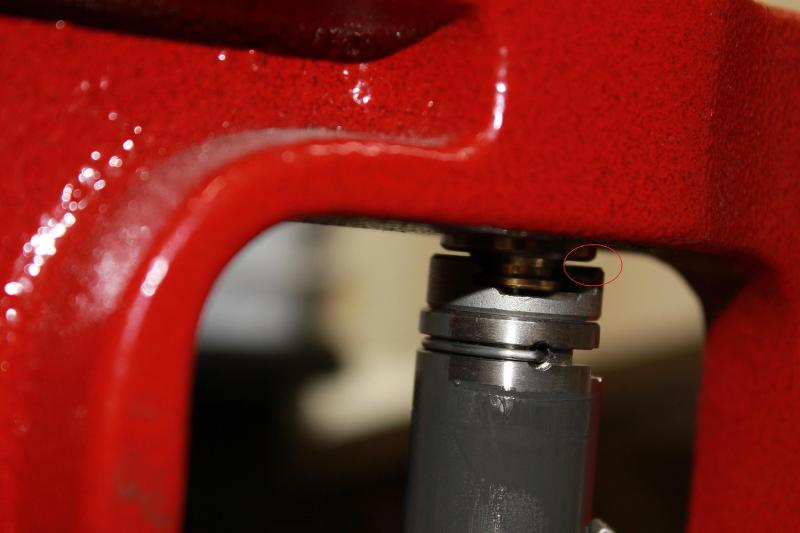stagpanther
New member
I make an inert cartridge for just about every load I develop--especially for AR's. Just because a cartridge properly conforms to the case gage doesn't mean it's going to feed reliably.
Im at a loss here....when setting up a die its turned down to touch the shellholder....how will turning it down anymore push the case farther into the die?Oh ok , then yeah not trimming them can be the whole problem . At first I thought the way you explain the problem you just needed to turn your die down a little bit and size the case is a little more . In that same line of thinking did you full length size your cases or did you just neck size ?
Hammered54 said:Im at a loss here....when setting up a die its turned down to touch the shellholder....how will turning it down anymore push the case farther into the die?



Dies don't need to touch the shellholder at the top of the ram stroke........Im at a loss here....when setting up a die its turned down to touch the shellholder....how will turning it down anymore push the case farther into the die?
I cam over so this is not a problem....I guess what Id like to know is how turning the die in 'any' farther will make a case shorter....when its in as far as its ever going to go... ram is at the top and no flex....( assuming your using the normal .125 shell holder )Matt , I added to my post and you may have missed it , its about press flex .
I cam over so this is not a problem....I guess what Id like to know is how turning the die in 'any' farther will make a case shorter....when its in as far as its ever going to go... ram is at the top and no flex....( assuming your using the normal .125 shell holder )
Check out post 49 in this thread.....Im not the OP....and yes I trim after sizing....also wasnt trying to hijack this post...but when someone says to " bump the shoulder to make the case shorter" ( as in this thread)....Id like to know how thats done?
....
Looking forward to learning a great craft.
John
you don't always need to follow the die manufactures instructions to the letter and often it's actually a bad idea if you want your cases to last more then 2 or 3 reloads .
Me said:you don't always need to follow the die manufactures instructions to the letter and often it's actually a bad idea if you want your cases to last more then 2 or 3 reloads .
You said:I've found that case life depends more on the relationship between chamber size and sizing die size, the amount of sizing being done, the level of loads being fired and what gun they are being fired in.
Other side of the coin, I've got a .303british that FL sizing the brass means MAYBE 2 or 3 reloads (or less) then the brass fails. Why? Big chamber, small die. Everything is "in spec" but the spec is the case headspacing on the rim. Neck sizing that .303 and cases last4-6 firings, ..usually.
